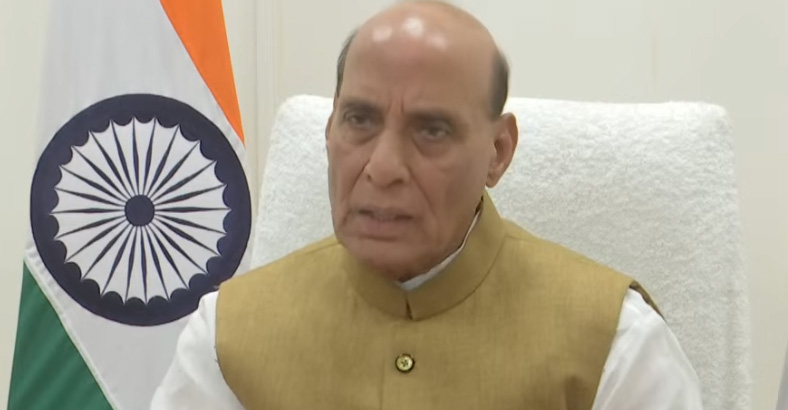Lucknow: Union Defence Minister Rajnath Singh inaugurated the BrahMos Aerospace Integration and Testing Facility here on 11 May, marking a significant step in bolstering India’s defense manufacturing capabilities. Uttar Pradesh Chief Minister Yogi Adityanath graced the occasion.
Here’s a breakdown of the key points:
- Facility Purpose:
- The facility is designed for the integration and testing of BrahMos supersonic cruise missiles.
- It’s a crucial component of the Uttar Pradesh Defence Industrial Corridor (UP DIC).
- BrahMos Missile Significance:
- The BrahMos missile, a joint venture between India’s Defence Research and Development Organisation (DRDO) and Russia’s NPO Mashinostroyeniya, is a vital asset in India’s strategic arsenal.
- The facility will contribute to the production of the BrahMos-NG (Next Generation) variant, which is smaller, lighter, and designed for wider deployment across various military platforms.
- Uttar Pradesh Defence Industrial Corridor:
- The facility is part of the UP DIC, an initiative aimed at making India self-reliant in defence manufacturing.
- The corridor comprises six nodes: Lucknow, Kanpur, Aligarh, Agra, Jhansi, and Chitrakoot.
- This corridor is a project that was started by Prime Minister Narendra Modi in 2018.
- Additional Developments:
- Along with the BrahMos facility, the Titanium and Super Alloys Materials Plant (Strategic Materials Technology Complex) was also inaugurated.
- The foundation stone for the Defence Testing Infrastructure System (DTIS) was laid, which will aid in testing and certifying defense products.
- Production and Capacity:
- The new unit is expected to produce between 80 to 100 BrahMos supersonic missiles per year.
- The Brahmos production unit in Lucknow is built on 80 hectares of land.
- Geopolitical Context:
- The inauguration occurred amid rising geopolitical tensions, underscoring the importance of strengthening India’s defense capabilities.
This inauguration signifies a major boost to India’s “AtmaNirbhar Bharat” (self-reliant India) initiative in the defence sector.


